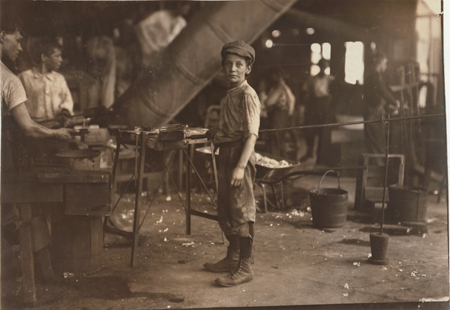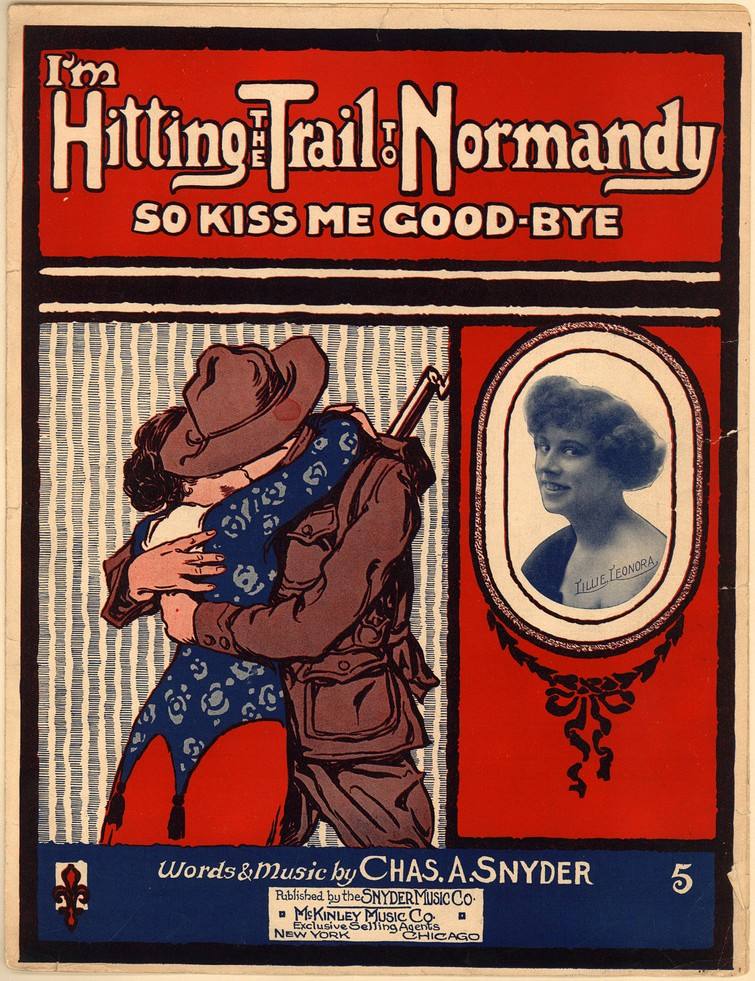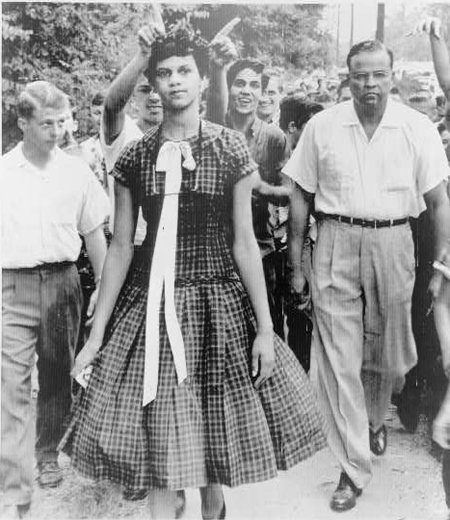Learning from the Source: The Star Spangled Banner 3-5
Overview The flag is one of the United States’ most important symbols and the central character of the country’s national anthem. This project introduces students to key historical events that led to the creation of this patriotic song, helping them to learn the lyrics to The Star Spangled Banner, and expands their overall understanding of…



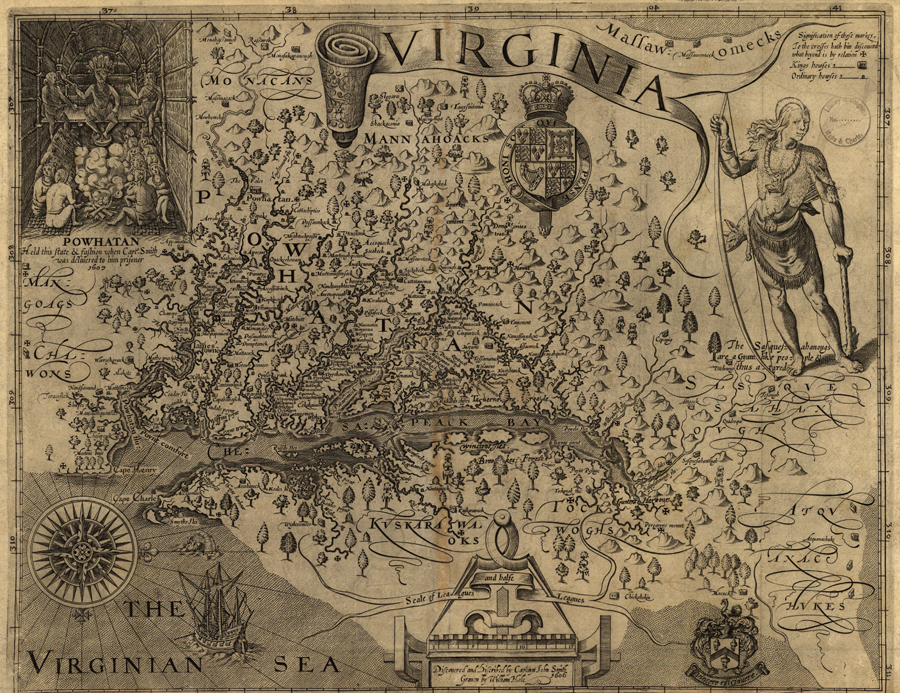

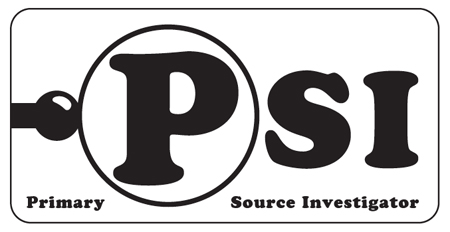
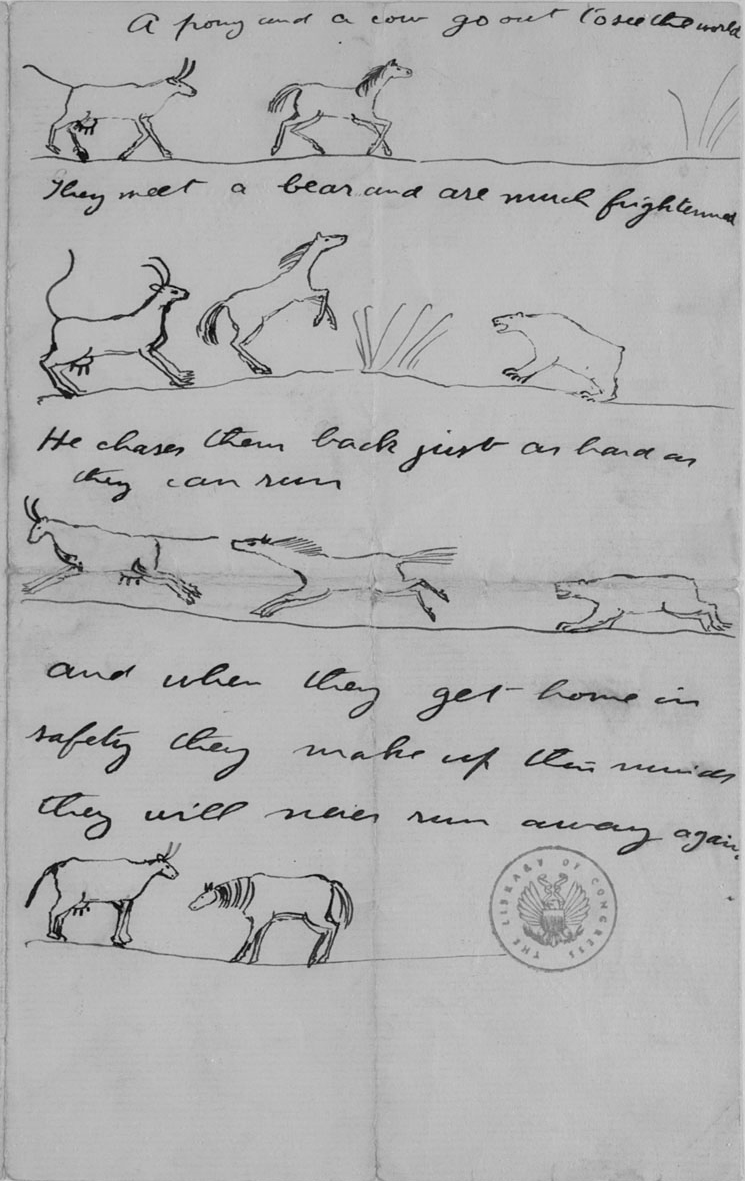
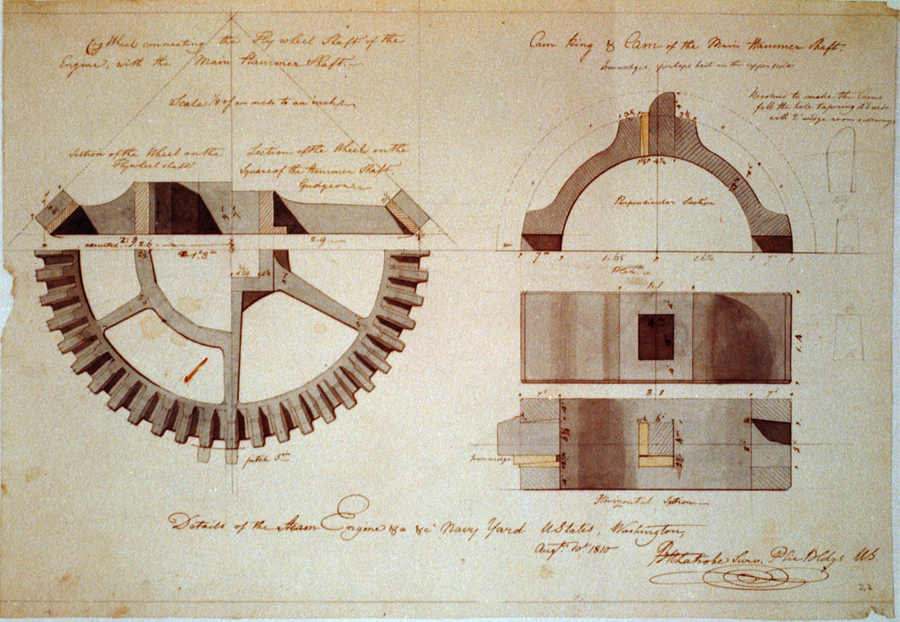
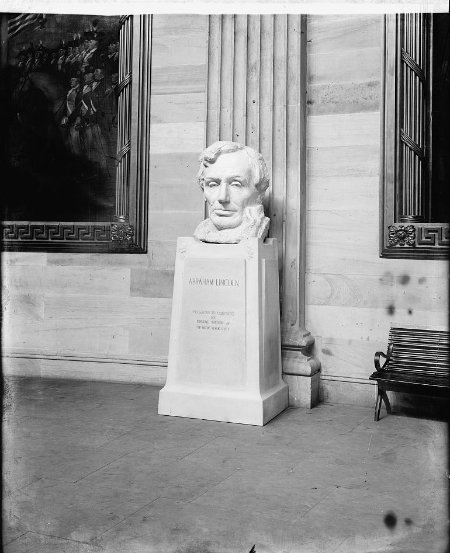
![Thomas Jefferson ["Maccaroni" machine with instructions for making pasta] Holograph drawing and text, 1787](https://primarysourcenexus.org/wp-content/uploads/2012/04/jeffersonpastamachine.jpg)
